×
Don't miss out!
Sign up for 10% off your first order
and exclusive product previews!
Yoga has evolved into a highly adaptable practice over the years, often tailored to fit the unique preferences and objectives of each practitioner. For those just beginning their yoga journey, a critical first step is to identify the style or “path” of yoga that aligns best with your personal goals. It’s important to recognize that not all forms of yoga are the same. In this article, we will delve into the popular types of yoga, helping you to find the one that resonates most with your aspirations and needs.
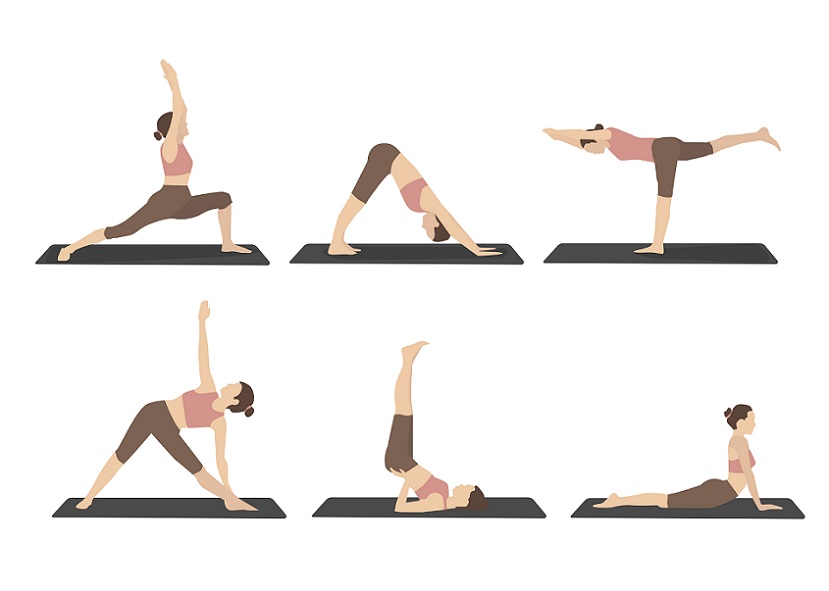
While Hatha yoga is often the style that many people first think of, the world of yoga is rich with diverse forms, each offering unique experiences and benefits. Ashtanga yoga, for instance, is known for its structured and disciplined approach, following a specific sequence of poses. In contrast, Vinyasa yoga provides more fluidity, allowing for greater variation in asanas and a more dynamic class environment.
Understanding the nuances of these different styles is crucial, especially for beginners. This foundational knowledge can greatly assist in selecting a yoga path that aligns with your personal goals and physical capabilities. Additionally, some yoga styles are more physically demanding and may put more strain on the body. For someone new to yoga, it’s advisable to gradually acquaint yourself with the various asanas and sequences. Beginning with gentler practices and progressively moving to more challenging styles can help ensure a safe and enjoyable yoga journey. This approach not only helps in building strength and flexibility but also allows you to explore the wide range of benefits that different yoga styles offer.
Yoga, increasingly recognized as a popular form of alternative exercise, offers a holistic approach to well-being, emphasizing the balance of both body and mind. Often, there’s a misconception that yoga is solely about spiritual development, but its benefits extend far beyond that.
In summary, yoga is more than just a physical or spiritual practice; it’s a comprehensive system for enhancing overall health and wellness. Whether you’re seeking stress relief, physical strengthening, a complementary activity to your current exercise routine, or a deeper mind-body connection, yoga offers a diverse range of benefits to suit various needs and preferences.
Yoga can have a crucial impact on the complete well-being of an individual, from both a physiological perspective to psychological. We’ll be discussing some of these potential benefits later. One of best ideas for any novice is to attend a few different types of yoga classes. Additionally, discussing the practice with a certified yoga instructor who can help guide you in the right direction.
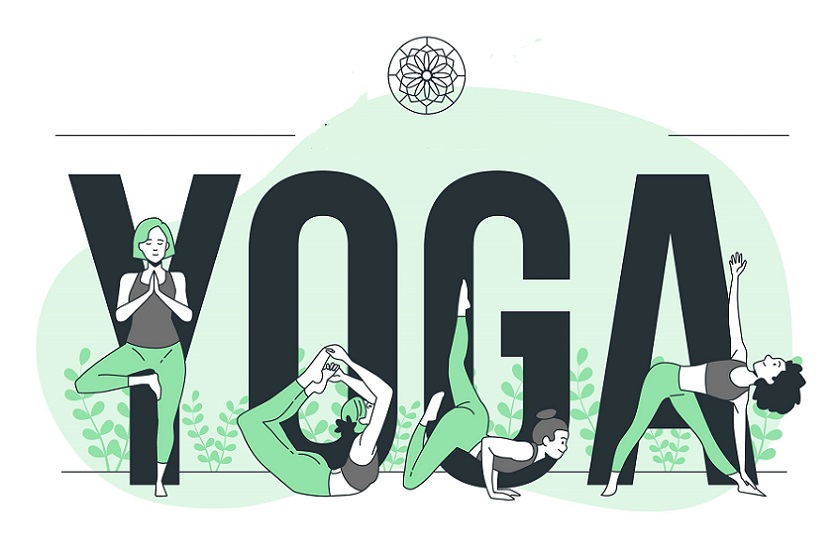
Yoga’s versatility allows it to cater to a wide range of preferences and physical capabilities. Depending on your goals and experience level, different styles of yoga can offer unique benefits:
Our aim is to introduce some of the most popular styles of yoga, simplifying them to help you identify the style that best suits your needs:
Each style has its unique approach and benefits, catering to different preferences and goals. Whether you’re a beginner or an experienced yogi, there’s a yoga style that can meet your needs and help you achieve your fitness and wellness goals.
Related Article: The Best Yoga Mat For Beginners: What to Think About!
Hatha Yoga, a term derived from Sanskrit, reflects the balance of contrasting energies. The word “Ha” signifies the Sun, representing vitality and active energy, while “Tha” refers to the Moon, symbolizing calmness and receptive energy. The fusion of these two elements in Hatha Yoga symbolizes the balance of will and power. It is one of the most widely practiced and recognized forms of yoga, often being the style that most people associate with when they think of yoga.
Hatha Yoga, with its combination of asanas and Pranayama, offers a holistic approach to physical and mental well-being, making it a suitable practice for those seeking a balanced and grounded yoga experience.
That being said, Hatha yoga can also encompass anything done with the body including; mantra’s (or chanting), mudra (hand gestures), even visualization practices.
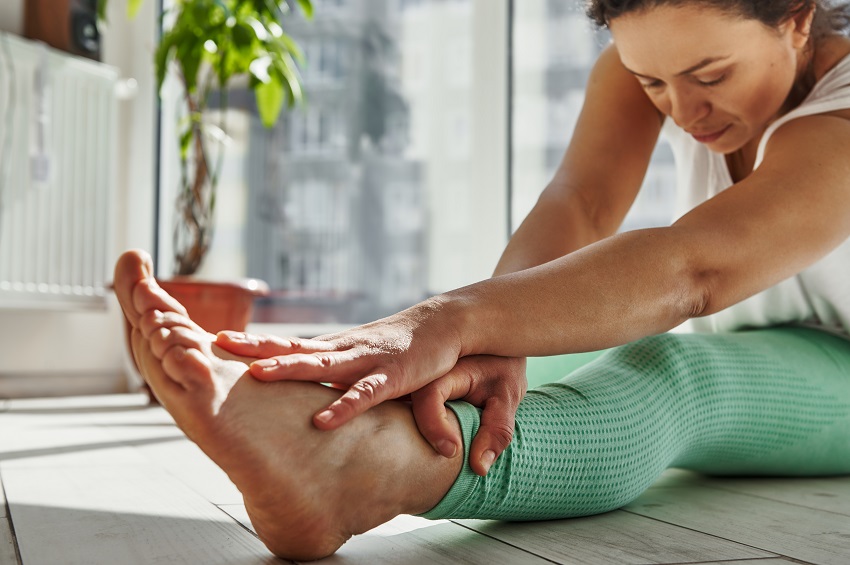
Furthermore, this style of yoga is used to calm the mind and body. For these reasons, it is a style that can oftentimes be well suited to prepare oneself for the art of meditation.
Hatha Yoga is often recommended for beginners because of the slower, more static type poses. Above all, giving your body time to align and adjust. For example, basic poses within include; Sukhasana, Mountain, Forward Fold, Low Lunge, Downward Dog, and Warrior I Pose.
Expect these types of classes to last up to 90 minutes, with a combination of breathing, yoga postures/poses, as well as being followed by meditation.
Vinyasa Yoga, a style deeply rooted in the Sanskrit concept of “Connection,” represents a dynamic shift from the more static approach of Hatha Yoga. This style is characterized by its emphasis on the fluid movement and transition between asanas (poses), synchronized with the rhythm of Ujjayi Breath, a specific type of yogic breathing.
Vinyasa Yoga provides an invigorating experience that combines physical exercise with mental concentration. The continuous flow of movement enhances cardiovascular fitness, builds muscle strength, and improves flexibility. Additionally, the synchronization of movement and breath in Vinyasa helps to foster a deeper mind-body connection, making it an ideal practice for those seeking a holistic and dynamic yoga experience.
Related Article: Yoga for Heart Health: Vital Poses to Practice
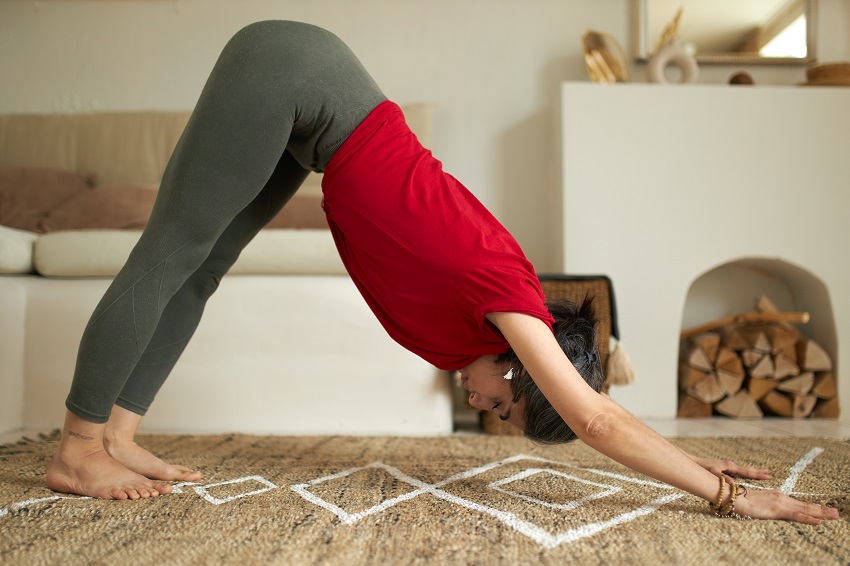
A yogi can expect to go through a various set of categories of postures, including back-bends, forward-bends, standing postures and many more.
Ashtanga Yoga, which translates from Sanskrit as the “Union of the Eight Limbs of Yoga,” has seen a surge in popularity in recent years. This style is distinct in its approach, emphasizing a structured series of poses that must be mastered in sequence.
Ashtanga Yoga offers a rigorous yet profoundly rewarding experience, blending physical discipline with spiritual development. It’s a journey that not only transforms the body but also cultivates mental resilience and inner harmony, making it a compelling choice for those seeking a structured and comprehensive approach to yoga.
Related Article: Yoga Fundamental Part I: What Is A Sun Salutation & Why Practice Them?
Iyengar Yoga, developed by Bellur Krishnamachar Sundararaja Iyengar, is a specialized form of Hatha Yoga that places a strong emphasis on precision and alignment in each pose. This style is distinguished by its use of various yoga props, which aid in achieving the perfect posture.
Iyengar Yoga, with its detailed focus on posture and alignment, offers a unique and enriching experience. It not only enhances physical health but also encourages mental clarity, making it a holistic practice for improving overall well-being.
Related Article: Stand Tall: Yoga Poses for Perfect Posture
Restorative Yoga is a gentle and inclusive form of yoga, suitable for individuals of any age and experience level. Characterized by its slow pace, this style emphasizes long holds, stillness, and deep, effective breathing.
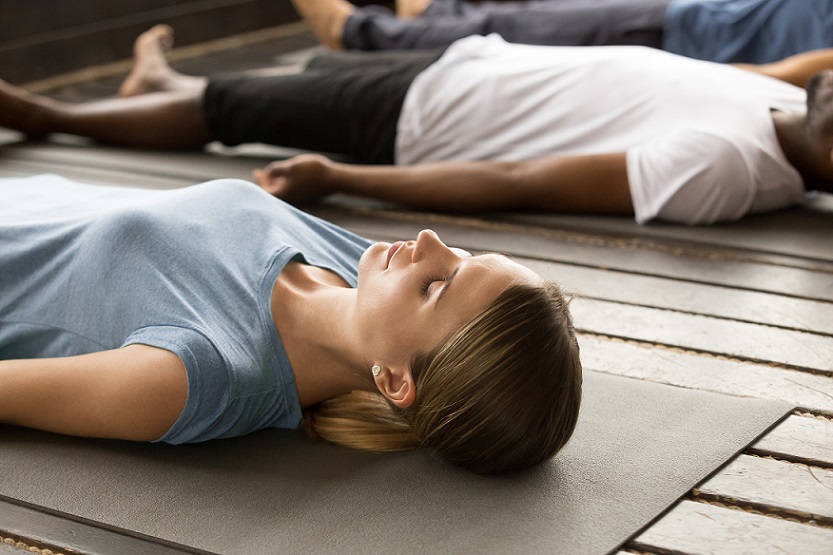
Restorative Yoga stands out as a deeply therapeutic practice, offering a haven of calm in today’s fast-paced world. It provides a unique opportunity to slow down, relax, and nurture both the body and mind in a gentle yet profound way.
Related Article: The Role of Yoga For Injury Rehabilitation and Recovery!
Bikram Yoga, named after its founder Bikram Choudhury, is a distinctive form of hot yoga known for its structured and intense environment. This yoga style is defined by its combination of high heat and a specific sequence of postures.
Bikram Yoga offers a unique and rigorous approach to yoga, combining the benefits of heat with a structured sequence of poses. This style is ideal for those looking for a challenging yoga practice that enhances flexibility, strength, and mental focus under the conditions of a heated environment.
Stress Relief:
Studies have shown the effect that yoga can have on stress, anxiety and depression. Studies have indicated that yoga may not just reduce stress, but also “enhance your mood and sense of well-being“.
A review of literature published in 2012, looked at 35 trials addressing effects of yoga on anxiety and stress. 25 of those trials “noted a significant decrease in stress and anxiety, with yoga regimens”.
Stress reduction may also be noted from it’s ability to help promote flexibility, and relieve tension. Thus, potentially helping with pain control.
According to Healthline, yoga poses (much like exercising), promote the release of endorphins. Also known as our happy-hormones (or feel-good hormones). This release can help with both short and long term stressors, as you become better apt to handle emotions.
A specific study on a Hatha yoga regimen, included 52 women over the course of 12 sessions.
The research highlighted yoga’s significant impact in diminishing stress, anxiety, and depression, thereby reaffirming its role as a safe and effective complementary approach to traditional medicine.
Chronic Health Conditions:
According to one article posted in Frontiers in Psychology, yoga is one of the top ten complementary health practices used by adults in the U.S, where 45% of the population have at least one chronic health condition.
Yoga has shown positive effects on distress and functional performance of those who suffer from chronic health conditions or diseases.
A study published in 2017, displayed evidence supporting the recommendations of yoga as a supportive intervention in helping women with breast cancer, helping fight fatigue and sleep disturbances, as well as improved quality of life.
In addition, one meta analysis of 10 studies was also conducted, providing evidence that yoga may be effective in helping to improve physical ability, lung function, and quality of life in people with COPD. This was according to the National Center for Complementary and Integrative Health.
Research exists surrounding yoga’s benefits on patients with asthma, on smoking cessation, even weight loss.
Reduction in Inflammation:
Inflammation is a common and natural response of the body to acute trauma. However, if you suffer from chronic inflammation, it can actually lead to a risk for certain health conditions.
There have been several studies linking yoga to lower levels of inflammatory markers after exercise.
One particular study included 218 subjects. The results showed lower inflammatory markers of the yoga group vs. the non-yoga group participants. In conclusion, the study found that “regular practice of yoga can protect the individual against inflammatory diseases”.
A study of a restorative Iyengar yoga intervention published in 2014, was found to reduce inflammation-related gene expression in breast cancer survivors with persistent fatigue.
Related Article: How Can Yoga, When Done Correctly, Help Increase & Improve Concentration?
Pain Reduction:

Millions of people suffer from chronic pain conditions. Continued evidence is showing yoga can help in relieving some of these pain symptoms, as well as perceived pain symptoms.
So far, the evidence for the effectiveness of yoga or mind-based practice remains relatively low. However, there is some promise of yoga, or movement/body awareness practices in the treatment for helping with symptoms of fibromyalgia.
Other research identifies the possible benefits of yoga for chronic lower back pain, headaches and arthritis pain.
One such pilot study identified Iyengar yoga as being a feasible treatment option for reduction in pain and disability, caused by knee osteoarthritis.
Another study on yoga based interventions vs. wrist splinting for carpel tunnel syndrome, concluded yoga as a more effective treatment in relieving signs and symptoms of CTS.
A narrative literature review evaluated the effects of movement-based mind-body interventions (MMBI). This included practices such as yoga, tai chi and qigong. 32 articles were included in the review in which yoga had the highest number of focused intervention, followed by qigong and tai chi.
In conclusion, the articles showed MMBI to be effective for treatment of lower back pain. This included a reduction in pain or psychological distress (like anxiety/depression), and improved function.
Related Article: Yoga for Lower Back Pain
A systematic review and meta analysis published in 2019, included 10 randomized control trials, involving 686 participants. The analysis concluded that yoga may help relieve neck pain intensity, improve pain-related functions, increase cervical range of motion (ROM), and quality of life.
There is also an increasing amount of evidence suggestive that yoga (along with adjunct therapies) may help reduce migraine intensity and frequency.
Sleep Benefits:
According to John Hopkins Medicine, “studies have linked yoga’s benefits to improved sleep”.
One specific study provided evidence of yoga on sleep quality, and quality of life in the elderly. The study concluded that “regular yoga exercises in the daily routine of elderly people, can help achieve good sleep quality”.
Another study compared the effects of yoga and Ayurveda on self-rated sleep in a geriatric population. The yoga group had a significant decrease in the time taken to fall asleep, and an increase in the total number of hours slept. They also stated “feeling more rested in the morning” after 6 months time.
Related Article: Yoga for Better Sleep: Learn Why Bedtime Yoga, Works!
Exploring the diverse world of yoga reveals that each style offers unique benefits for both the body and mind.
Thank you for joining us in exploring the fascinating and diverse world of yoga. Your engagement and shares help in nurturing a vibrant and informed yoga community.
References:
Get updates, top yoga recommendations, and an exclusive preview of our upcoming products!